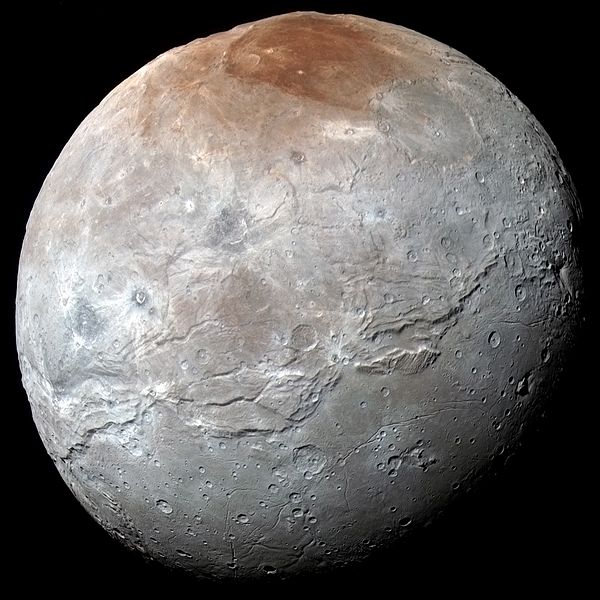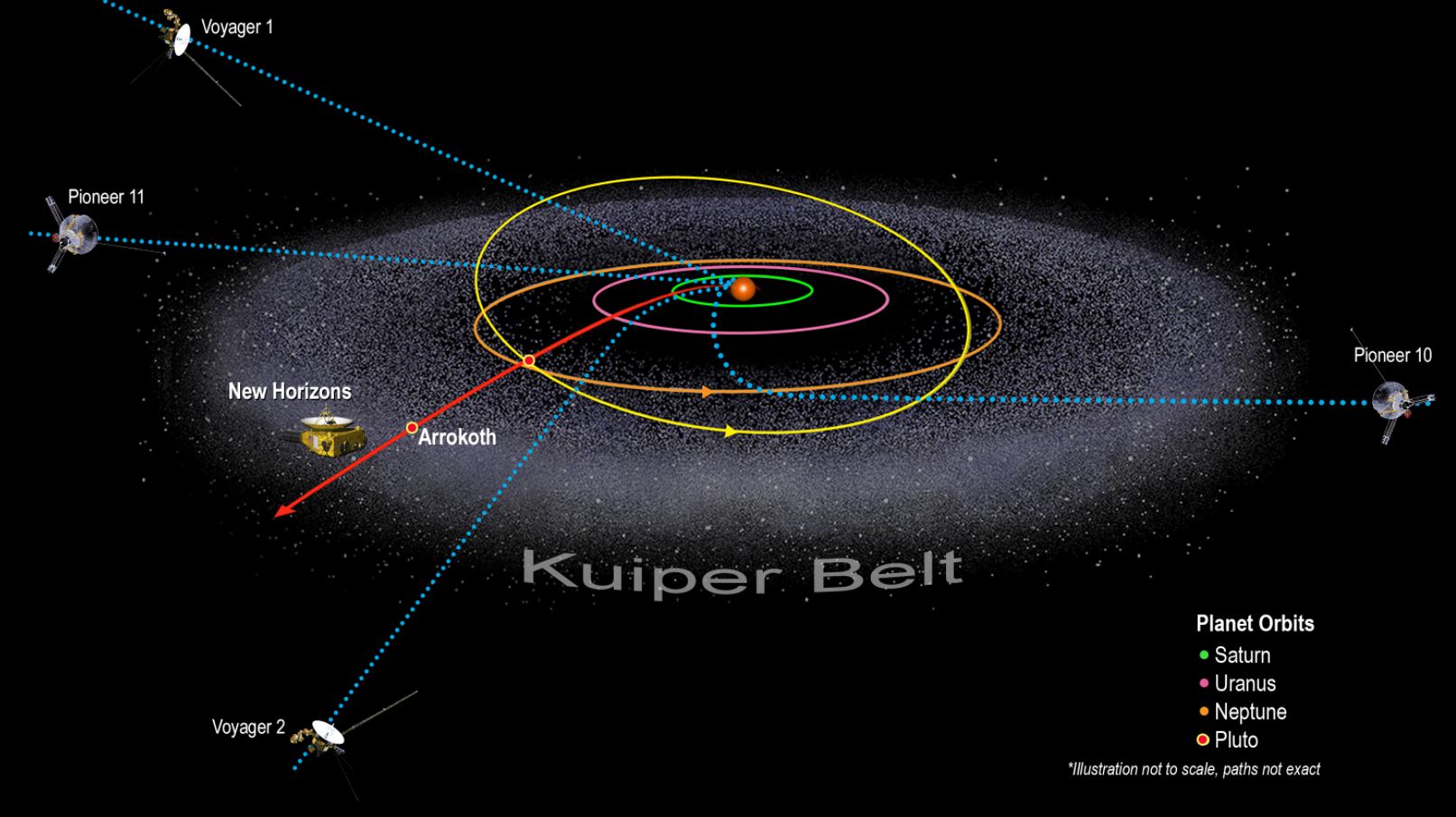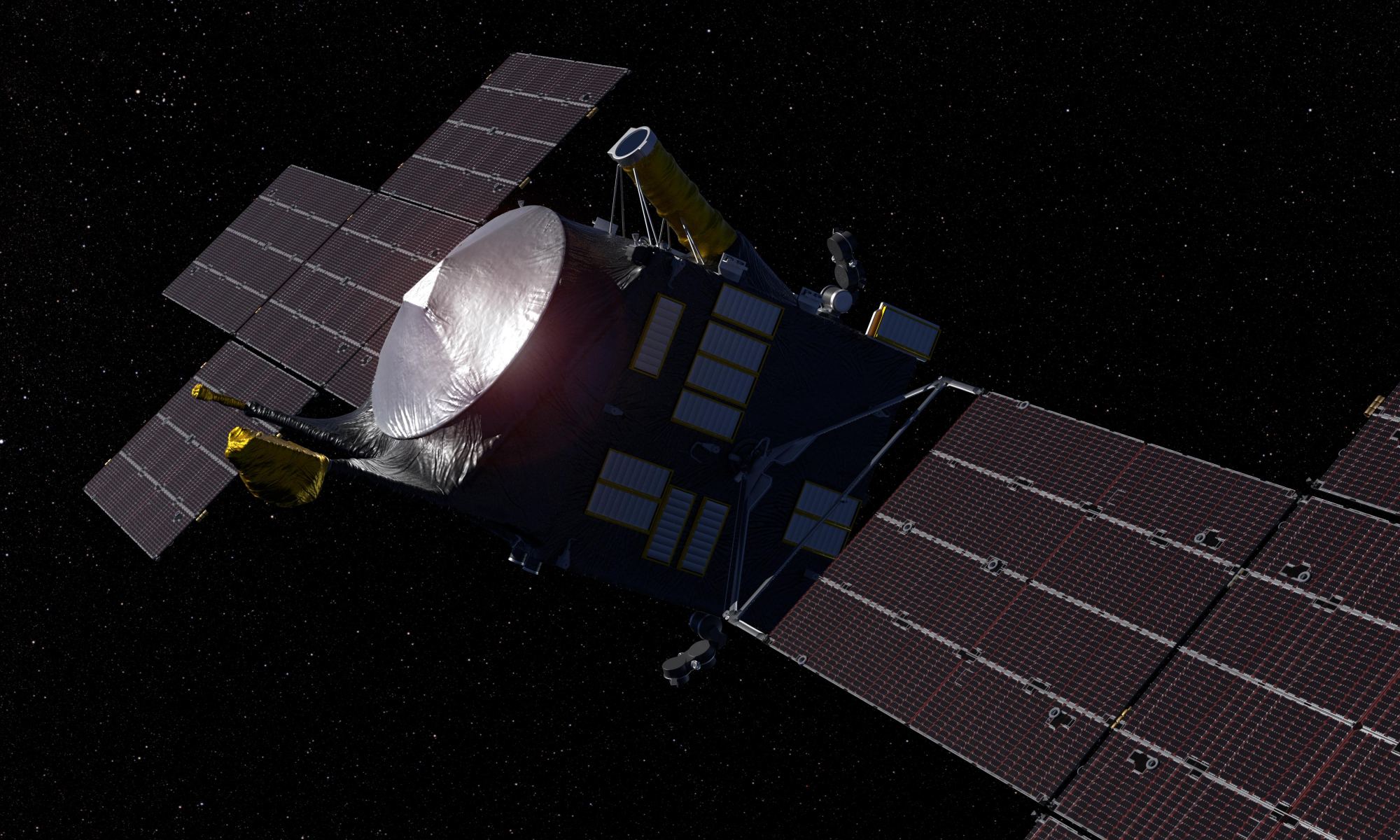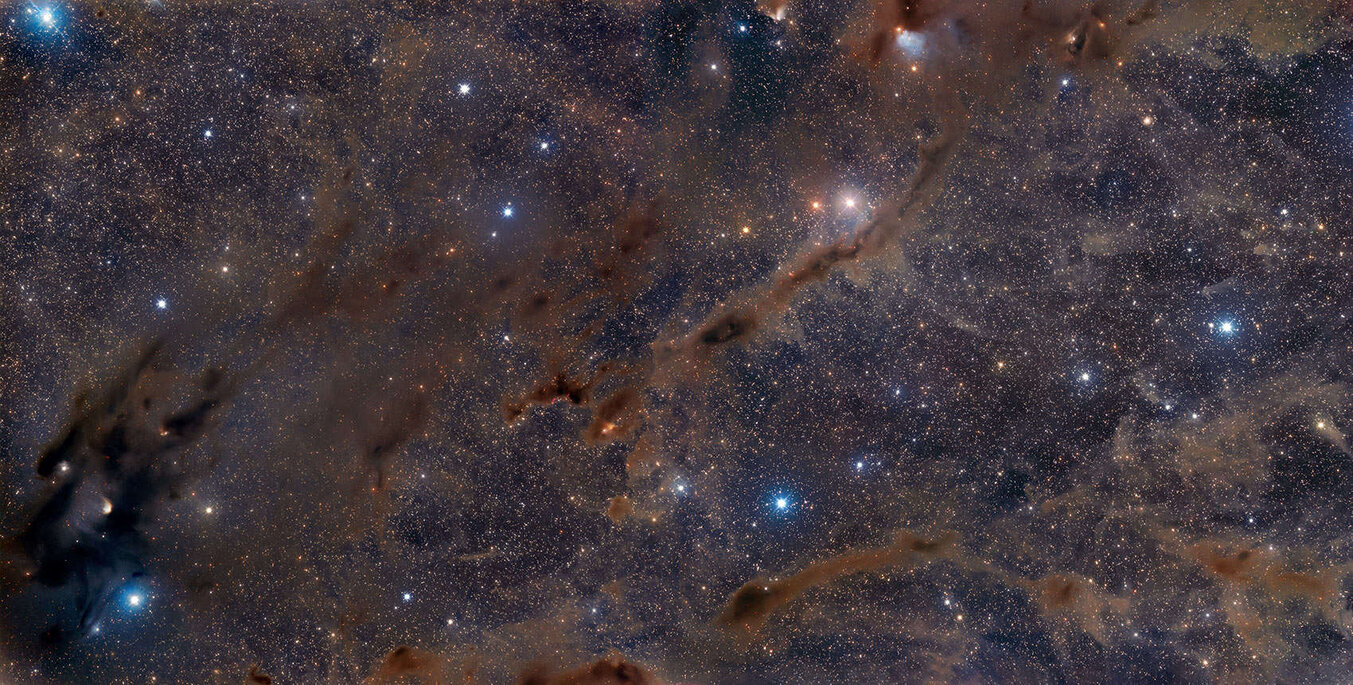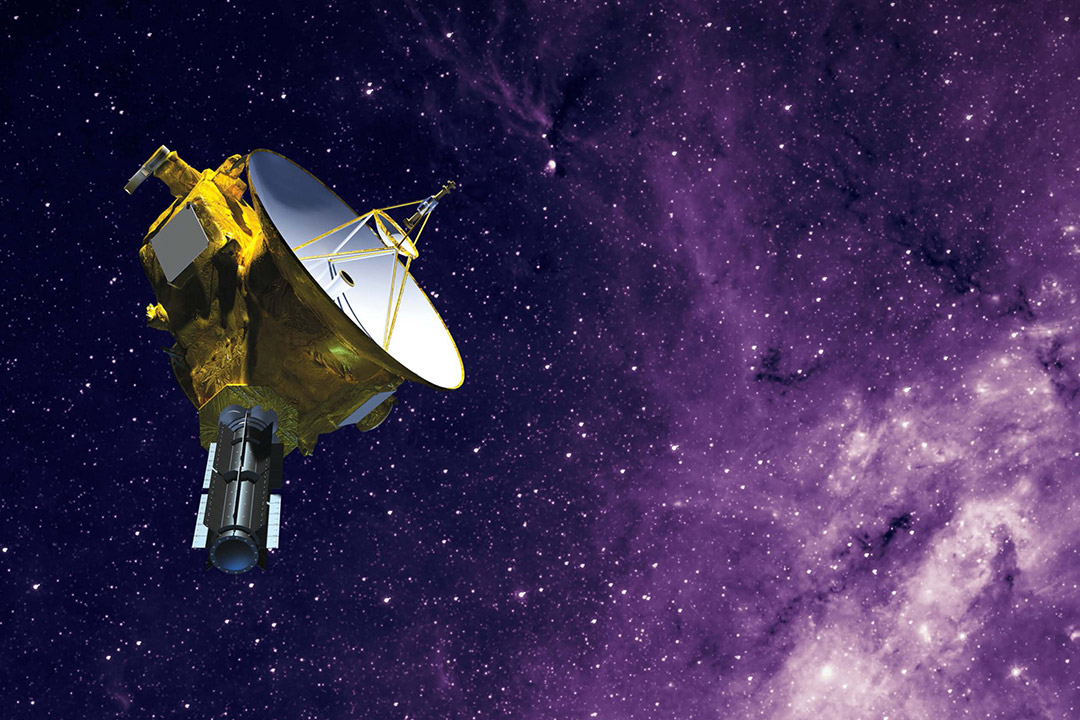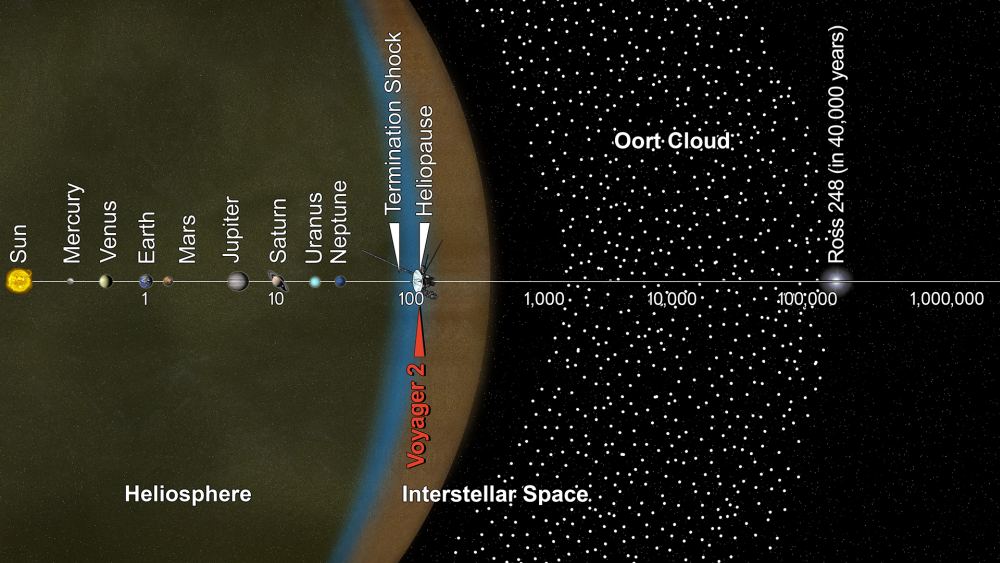In a recent study scheduled to be published in the journal Icarus in March 2023, a team of researchers led by the Southwest Research Institute (SwRI) modeled a potential correlation between an ancient freezing ocean with cryovolcanic flows and surface canyons on Pluto’s largest moon, Charon. Their hypothesis was that when Charon’s interior ocean froze long ago, the significant stress put on the icy outer shell from the addition of more ice to the bottom of the existing shell could have been responsible for the cryovolcanic flows on the surface.
Continue reading “Freezing Ocean Might Not Be Responsible for Cryovolcanic Flows on Pluto’s Moon, Charon”Freezing Ocean Might Not Be Responsible for Cryovolcanic Flows on Pluto’s Moon, Charon
